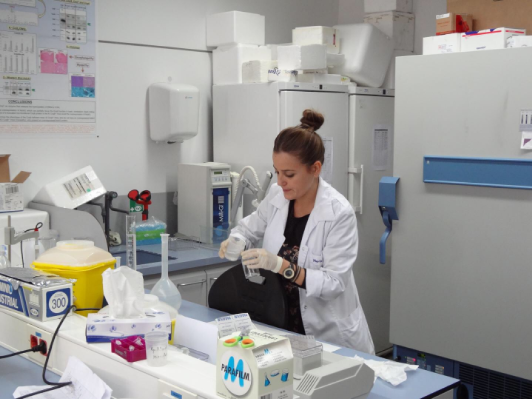New Study Confirms Half of COPD Patients’ Disease Develops Slowly
Written by |

Chronic obstructive pulmonary disease (COPD) is one of the most frequent causes of death worldwide and active smoking is responsible for almost 85 percent of all cases. However, recent research from the University of Copenhagen shows that accelerated decline of lung function might not be a prerequisite for COPD. The results were recently published in the New England Journal of Medicine.
Researchers generally assume that those with COPD experience a faster decline of lung function, which is the reason why so many large studies have been focused on reducing these declines. This new study, however, reveals that only about 50 percent of individuals with COPD experience rapid lung function decline, while the remaining 50 percent experience normal, steadier decline of lung function. This might be the reason why COPD treatments have been difficult to establish based on current research.
“This long-term chronic disease can be developed in different ways, so achieving normal growth in lung function in early adulthood is an important factor in terms of future risk,” noted Peter Lange, Consultant in Respiratory Medicine at Hvidovre Hospital and professor at the Department of Public Health at the University of Copenhagen.
Scientists can now detect the two major paths of lung function that lead to COPD: the fast decline trajectory and the alternative one in which suboptimal advancement of lung function during adolescence and childhood determines COPD in older age.
This study might confirm some aspects related to the disease and provide a better understanding of how COPD progresses. “Thus, every effort should be undertaken to achieve normal growth of lung function including non-smoking during teenage years, treatment of asthma in childhood and reducing exposure to agents such as passive smoking,” concluded Peter Lange.
Read More Recent News
According to a recent study published in The BMJ, new guidelines to diagnose chronic lung disease (chronic obstructive pulmonary disease or COPD) should be modified since they under-diagnose COPD in young women and over-diagnose COPD in older men. Martin Miller and Dr. Mark Levy, authors of the article, noted that up to 13 percent of people were diagnosed COPD according to the new diagnostic criteria were found to be misdiagnosed. They explained that clinicians should utilize the internationally agreed standards when they are assessing patients for COPD. By doing so, it would help improve patient care and cut down wasteful spending in healthcare through a more accurate diagnosis by reducing admissions resulting from inappropriate therapy and misdiagnosis.




